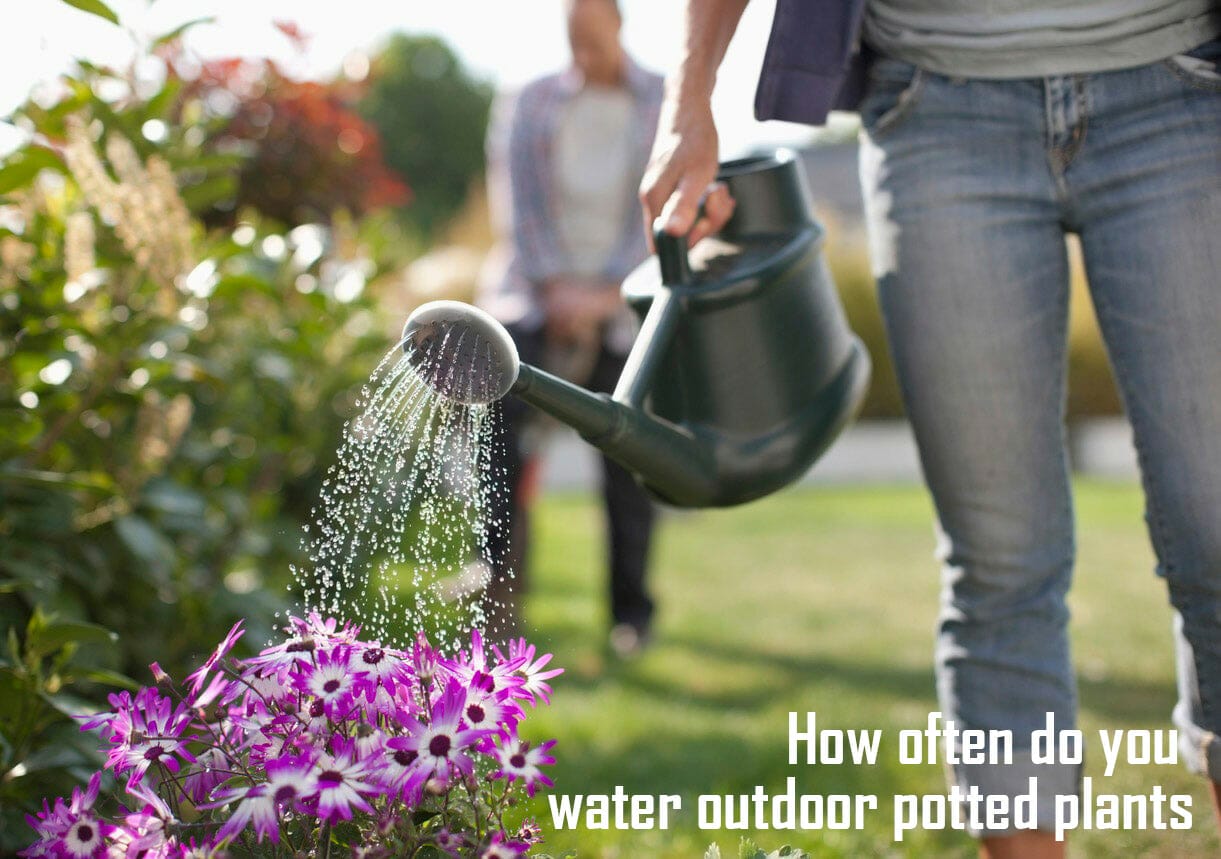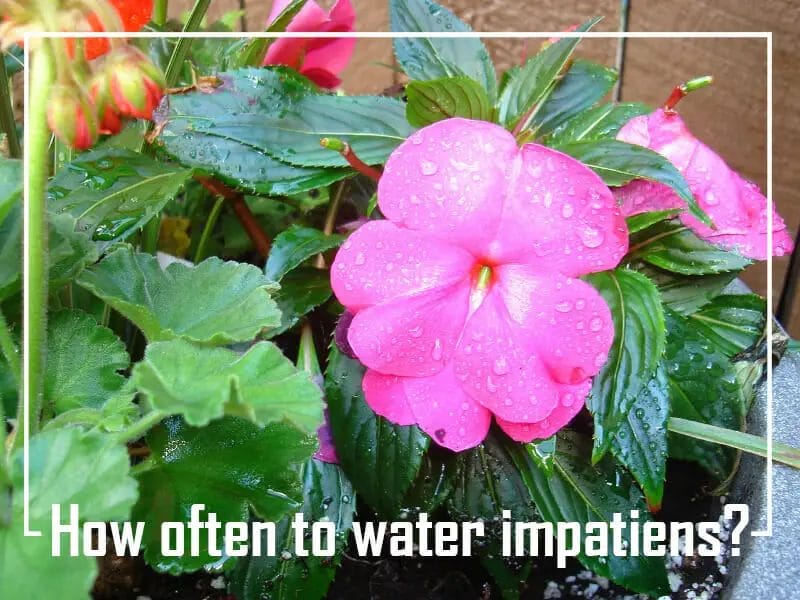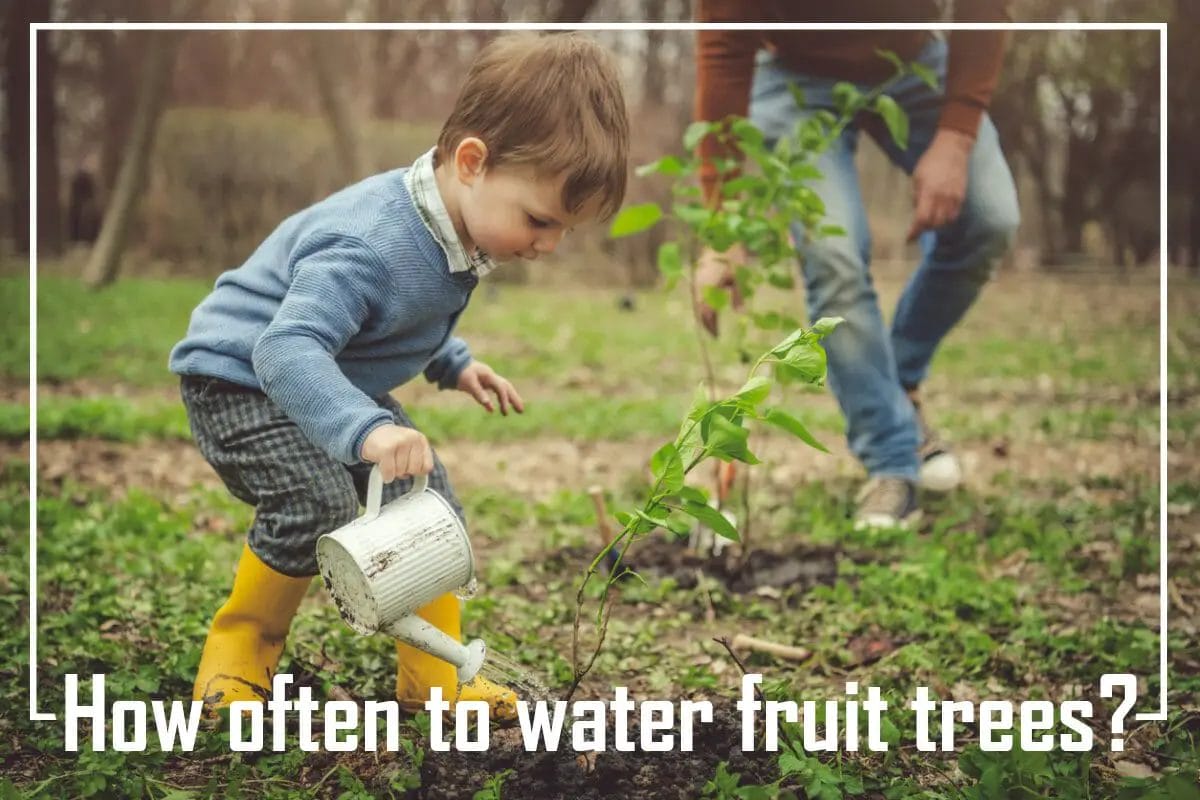You may be wondering how many ounces are in a water bottle. It is no wonder you’re asking because it can sometimes be difficult to calculate the amount of liquid that’s actually in your favorite drink.
Well, fear not! This article will answer all of your questions about this subject, and you will never have to worry about overdrinking or under drinking water again!
Weight is measured in ounces, which are units of measurement for weight. An ounce is equivalent to 28.35 grams.
An oz is a unit of measurement for liquid and dry ingredients. The value of an oz can vary depending on the system of measures. For example, one oz equals 28.349 grams and 437.50 grains in the Imperial system, while it’s 29.57 ml according to US measurement systems.
Read on, learn the right calculations, and be sure about your water ounces.
Typical Ounces in a Water Bottle
| Water Bottle Size | Typical Ounces |
|---|---|
| Small (Mini) | 8 – 12 ounces |
| Standard (Small) | 16 – 20 ounces |
| Standard (Medium) | 24 – 32 ounces |
| Large (Sports) | 32 – 40 ounces |
| Extra-Large (Hydration) | 48 – 64 ounces |
| Gallon Jug | 128 ounces |
How to tell how many ounces my water bottle is?
- Look for Labels or Markings: Most water bottles, especially those designed for reuse, have labels or markings indicating their capacity in ounces. These markings are typically located on the side or bottom of the bottle. Check for any numbers, such as “16 oz,” “24 oz,” or similar, which indicate the bottle’s size.
- Read the Packaging: If you have the original packaging or label that came with the bottle, it often includes information about the bottle’s capacity. Look for any specifications or descriptions that mention the number of ounces.
- Use a Measuring Cup: If you don’t have any markings or labels on the bottle, you can measure the capacity using a measuring cup. Fill the bottle with water, pouring it into a measuring cup with ounce markings. Keep track of how many ounces you pour into the measuring cup until the bottle is full. The measured amount will tell you the bottle’s capacity in ounces.
- Check the Manufacturer’s Website: If you know the brand and model of your water bottle, you can visit the manufacturer’s website. Many manufacturers provide detailed information about their products, including their size and capacity.
- Contact Customer Support: If you’re unable to find the information you need, consider contacting the manufacturer’s customer support. They may be able to provide you with details about the bottle’s capacity.
By following these steps, you should be able to determine how many ounces your water bottle can hold. It’s important to know the capacity to help you stay hydrated and track your daily water intake.
How to calculate how much water is in a bottle?
If you want to determine how many oz in a water bottle, then calculation is the easy solution. Divide the volume of the bottle by the weight to find the amount of water inside.
There are many ways to calculate the amount of water in a bottle. One way is to use the weight of the bottle and the density of water, and another way is to use the volume of the bottle and the density of water. In this tutorial, we will show you how to do both calculations.
By dividing the bottle’s weight by the density of water, you can calculate how much water is in a bottle. This calculation will give you how many ounces are in a bottle. To convert this number into gallons, multiply it by 128 (since there are 128 ounces in 1 gallon).
Another way to calculate the amount of water in a bottle is by using its volume and density. To do this calculation, divide the bottle’s volume by the density of water. This calculation will give you how many gallons are in a bottle.
How many ounces are in a water bottle?
There are 16 ounces in a water bottle. A water bottle has three fluid ounces, and a normal water bottle has about two fluid ounces of liquid. In an Aquafina brand of bottled water, one liter will typically have between four and six fluid ounces per gallon (approximately 4-6 oz/gal).
Also, Learn: How Many Ounces Is My Water Bottle
How to convert liters to ounces?
There are 32 ounces in a liter. When converting liters to ounces, it’s important to remember that different systems exist for different regions and countries. The most common system is the base 10 system, which uses the digits 0-9. However, there is also a base 2 system, which uses only the digits 0 and 1.
To convert liters to ounces using the base 10 system, divide the number of liters by 5 and round up if necessary. For example, if you have 2.5 liters, divide it by 5 to get .5 and round it to .6. This means that there are 60 ounces in 2.5 liters.
If you’re converting from metric units to imperial units (such as converting liters to gallons), use this formula:
Ounces = Liters * 33.814022680
This conversion factor will give you the number of fluid ounces in a liter multiplied by the number of litres given.
For example, if you have 814 milliliters (equal to 0.814 liters), multiply 814*33.814022680 to get 27 fluid ounces in 814 milliliters.
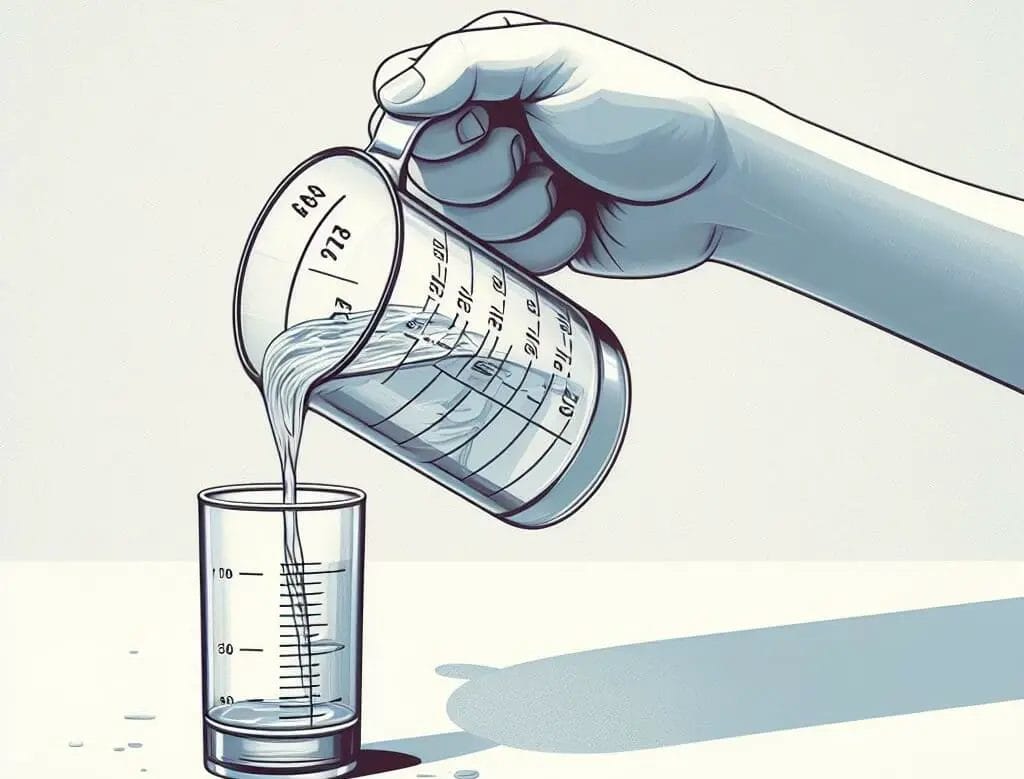
How many water bottles equal 8 oz?
There are 8 water bottles in 8 oz. Water can be measured in a bottle in several different ways. In this answer, we will use “manual” measurements. One regular water bottle is 500 ml and 16.9 ounces, meaning 9 oz in one bottle or 128 ounces in a gallon.
One US gallon equals 128 ounces, and one bottle equals 16 ounces in the US system of measurement for gallons, but in some other countries, it may be different. So if you have an 8 oz water bottle, that would be equal to 1/9th of a gallon or 1/128th of a US gallon–or 812 bottles of water in the UK system!
What is the standard water bottle size?
The standard water bottle size is typically around 20 ounces.
There is no one standard size for water bottles; however, many popular water bottles have a capacity of around 9 ounces. Additionally, many water bottles come in various sizes to accommodate different body types.
You can find a water bottle that fits your needs by considering the size of your torso and the type of material the bottle is made from.
There are several ways to measure how much water is in a water bottle. One way is to calculate the ounces in a standard-sized bottle and multiply that by the number of bottles you have.
Another way is to fill your desired container with water and then pour it into another container until you have 32 ounces.
Finally, most people recommend drinking about 8 glasses of water per day, so if you divide that by 8, you’ll know how many ounces each glass should be.
How many ounces of water should you drink a day to lose weight?
Water consumption to lose weight varies based on several factors, including weight, activity level, and other factors.
Water is essential for human life and especially important when trying to lose weight. Dehydration and slowed metabolism are common side effects of not drinking enough water. Being hydrated will enhance your ability to lose weight and function at your peak.
How much water you should drink each day depends on your weight and activity level. Generally speaking, though, you should aim to drink one and a half ounces of water for every pound of body weight.
For example, a 150-pound individual should try to drink about 225 ounces (between two and three liters) of water per day.
Drinking plenty of water has several benefits beyond just helping with weight loss. It can help speed up your metabolism, make you feel fuller after eating and improve your overall health.
When it comes to tracking how much water you drink each day, try using a water bottle with measurements marked on the side.
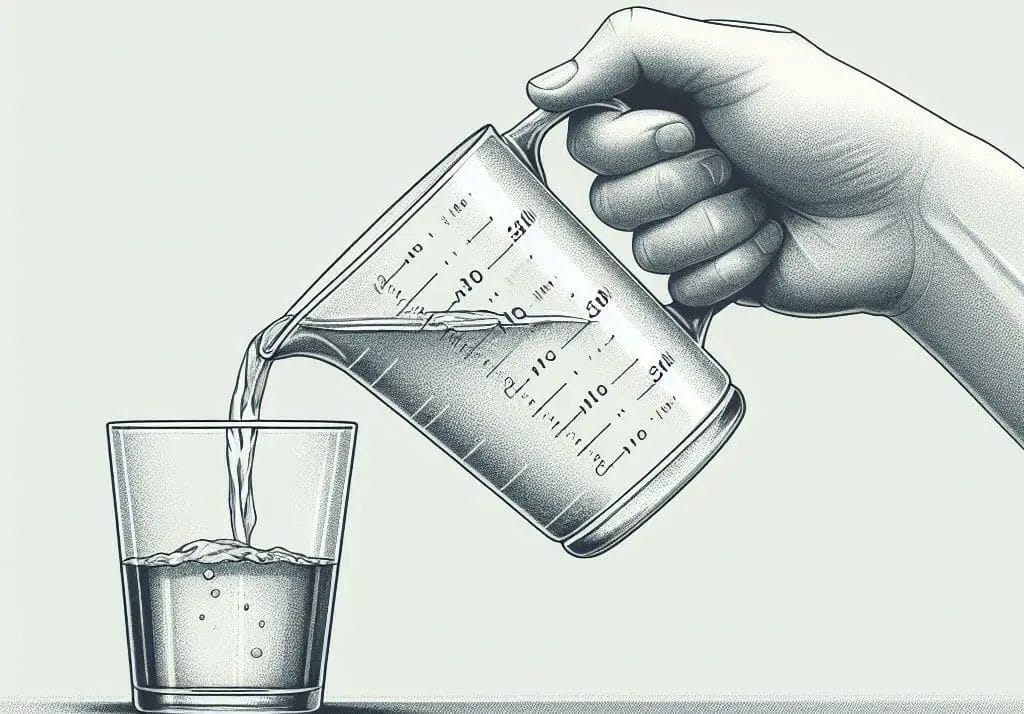
What Does Drinking Ounces of Water a Day Do?
You’re ready to stop drinking. You want to drink on your schedule and not water. You’ll still need caffeine occasionally.
Staying healthy requires consuming plenty of water. Caffeine helps you stay awake during the day, but if you’re trying to cut back on your coffee intake, you may need to give up some other beverages.
You may experience side effects such as headaches or nausea, but these will go away within a few days. Your bowel movements should improve too.
You ate more than you should have. The amount of junk food you consume is unfamiliar to your body, so it may slow down your metabolism. You also felt less oily after eating.
Frequently Asked Questions
1. How can I find out how many ounces my water bottle holds?
2. What should I do if my water bottle doesn’t have any markings indicating its capacity?
3. Can I find information about my water bottle’s capacity on the manufacturer’s website?
4. What if I’ve lost the original packaging and label for my water bottle?
Conclusion:
All right! We’re almost done. Now that you know how to calculate the amount of water in a bottle, make sure to keep it available in your house for emergencies. It can also come handy when shopping for groceries as it tells you the number of ounces you need to bring home. Not only this but keeping one at work is a good idea too – no excuses not being able to stay hydrated after lunchtime again.
Sarah J. Gregory
352 Hershell Hollow Road
Anaheim, CA 92805




